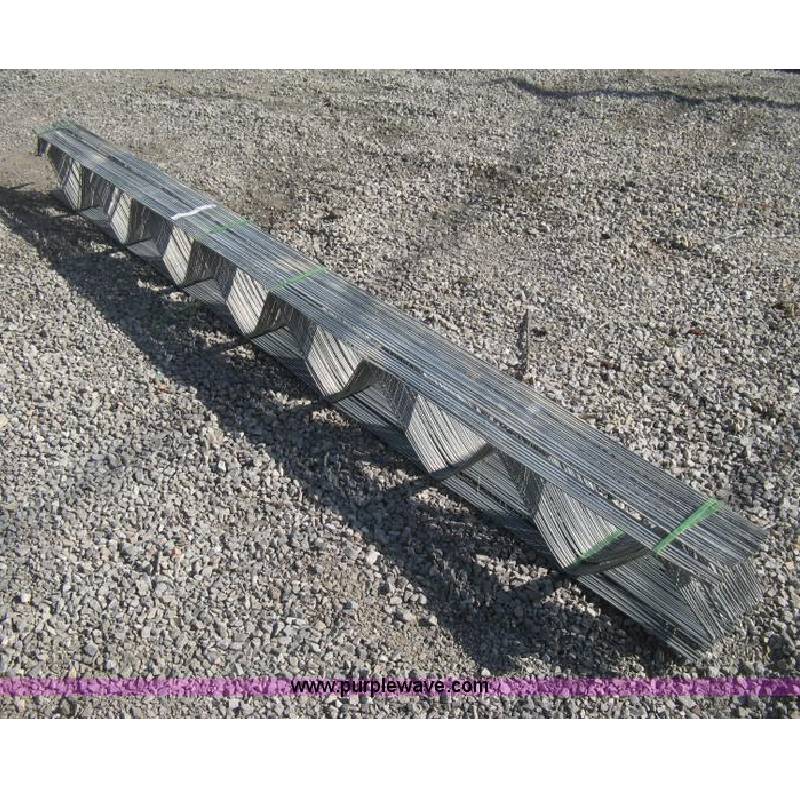
- Mobile Phone
- +8613931874955
- sales@cntcmetal.com
Tapered Coil Spring Design for Enhanced Performance and Versatility in Engineering Applications
Tapered Coil Springs An Overview
Tapered coil springs are a unique type of spring utilized in a variety of engineering applications due to their distinctive design and functional capabilities. Unlike standard coil springs, which maintain a uniform diameter throughout, tapered coil springs gradually decrease in diameter from one end to the other. This design provides several advantages, enhancing performance in mechanical systems where space constraints, load distribution, and weight reduction are critical factors.
One of the primary benefits of tapered coil springs is their ability to provide variable stiffness along their length. The wider end can support a greater load, while the narrower end allows for flexibility. This characteristic makes tapered coil springs particularly suitable for applications such as automotive suspensions, where they can effectively absorb shocks and vibrations while maintaining optimal ride quality. The graduated resistance ensures that the vehicle can handle both light and heavy loads without compromising on comfort or control.
In addition to automotive applications, tapered coil springs are commonly found in machinery, industrial equipment, and aerospace components
. In these settings, they serve to absorb impact, maintain alignment, and provide stability under varying loads. The reduction in weight offered by tapered designs is especially advantageous in aerospace engineering, where every gram matters in improving fuel efficiency and performance.tapered coil spring

Manufacturing tapered coil springs involves specific techniques to ensure precision and consistency. The material selection is crucial, typically involving high-carbon steel or specialized alloys that provide the necessary strength and elasticity. The springs are formed through coiling, followed by heat treatment to enhance their mechanical properties. Post-production, springs are often subjected to various testing methods to ensure they meet rigorous performance standards and can withstand operational stresses.
Despite their advantages, designing and manufacturing tapered coil springs can be more complex than their uniform counterparts. Engineers must carefully consider factors such as load requirements, space limitations, and the desired spring characteristics to achieve the desired performance. Advanced computer-aided design (CAD) software is frequently employed in this process, enabling designers to simulate spring behavior under different conditions and optimize their designs accordingly.
In conclusion, tapered coil springs play a vital role in modern engineering, offering unique advantages that cater to specific performance needs. Their variable stiffness, weight efficiency, and adaptability make them indispensable in automotive, industrial, and aerospace applications. As technology continues to advance, the design and application of tapered coil springs will likely evolve, paving the way for even more innovative solutions in mechanical engineering.
share:
-
Yard Sign Stakes: Reliable Guardians of Outdoor SignsNewsAug.04,2025
-
Wall Ties: Invisible Guardians of Building StabilityNewsAug.04,2025
-
Resilient Web: The Super Guardian Power of Concrete MeshNewsAug.04,2025
-
Masonry Accessories: A versatile assistant on building foundationsNewsAug.04,2025
-
Iron Binding Wire: the 'invisible reinforcement specialist' in the fields of architecture and industryNewsAug.04,2025
-
Dynamic Spring: The diverse functions and excellent performance of Wire Tension SpringNewsAug.04,2025
-
Your Source for Concrete Wall Ties and Masonry AccessoriesNewsJul.10,2025



















